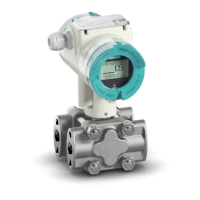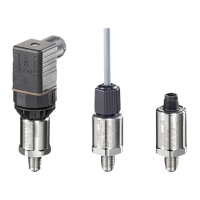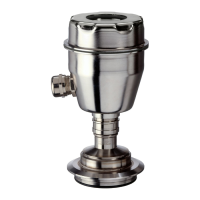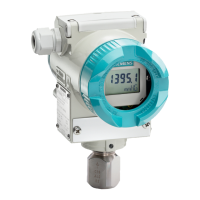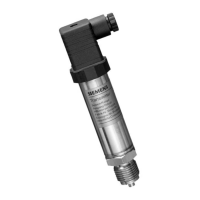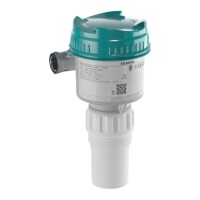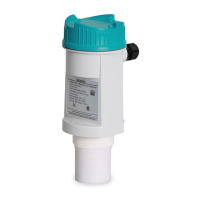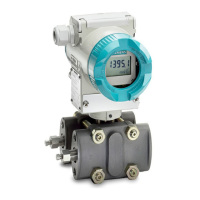What should I do if my Siemens Transmitter is out of specification?
- CCarrie ButlerAug 28, 2025
If the Siemens Transmitter detects deviations from permissible ambient or process conditions, it indicates that the measured value is unreliable, or deviations from the set value in the actuators are likely greater than anticipated. To resolve this, check the ambient temperature or process conditions. If possible, install the device at a different location.




